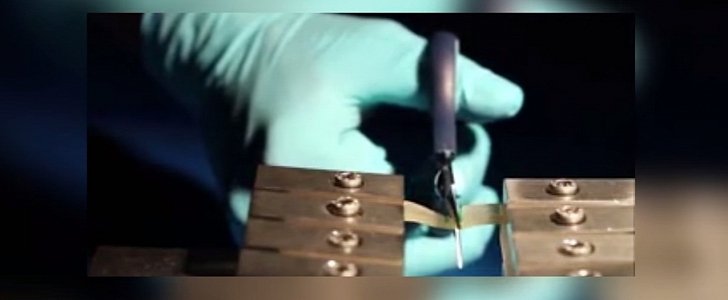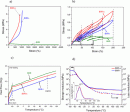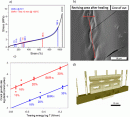Getting a puncture is not the worst thing that can happen to a driver. However, a puncture is trouble: get the punctured tired off, put the spare or space saver wheel on, inflate it, tighten the lug nuts without scratching the alloys, then go to a garage to get the tire balance just right and fix the punctured tire. It's a hassle, but science has a solution.
A research article on ACS Publications caught our attention with the following title: "Ionic Modification Turns Commercial Rubber into a Self-Healing Material." You know what that stands for, don't you? Self-healing materials are not exactly rocket science in 2015, but the Leibniz-Institut für Polymerforschung, Technische Universität Dresden, and Tampere University of Technology took things up a notch in the right direction. Until now, the chemical cross-linking of rubber by sulfur vulcanization was the only method to manufacture automobile tires, even Pirelli P Zeros.
But Amit Das and his Leibniz Institute for Polymer Research buddies developed an all-new type of rubber that can heal itself. Be it a puncture, tear, or even a break, the rubber presented in the following video can heal itself, so you and I don't have to break out that spare tire ever again. You can read the research material here, but be warned: it's extremely technical. As such, we'll try to sum up its contents.
Through something called "imidazolium-modified BIIR," rubber can form a cross-linked network of ionic association. Through this chemical reaction, ions of opposite electrical charge come together to form a new chemical entity. As a result of opposing each other, ions make the rubber matrix become highly elastic, without adding sulfur or peroxides to the material's formula. Compared to conventional rubber, the tensile strength of this self-healing rubber is up to 9 MPa at a fracture elongation of 1,000%. Wait, come again?
Chemistry is confusing for us as well, so why don't you press play and see how rubber can heal itself?
But Amit Das and his Leibniz Institute for Polymer Research buddies developed an all-new type of rubber that can heal itself. Be it a puncture, tear, or even a break, the rubber presented in the following video can heal itself, so you and I don't have to break out that spare tire ever again. You can read the research material here, but be warned: it's extremely technical. As such, we'll try to sum up its contents.
Through something called "imidazolium-modified BIIR," rubber can form a cross-linked network of ionic association. Through this chemical reaction, ions of opposite electrical charge come together to form a new chemical entity. As a result of opposing each other, ions make the rubber matrix become highly elastic, without adding sulfur or peroxides to the material's formula. Compared to conventional rubber, the tensile strength of this self-healing rubber is up to 9 MPa at a fracture elongation of 1,000%. Wait, come again?
Chemistry is confusing for us as well, so why don't you press play and see how rubber can heal itself?









